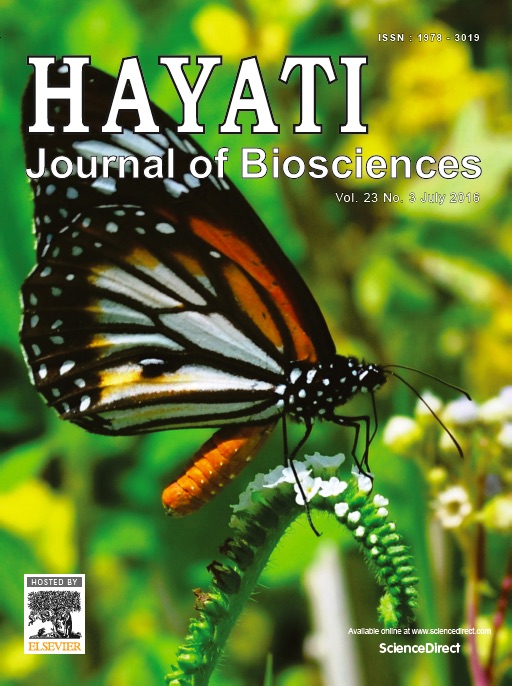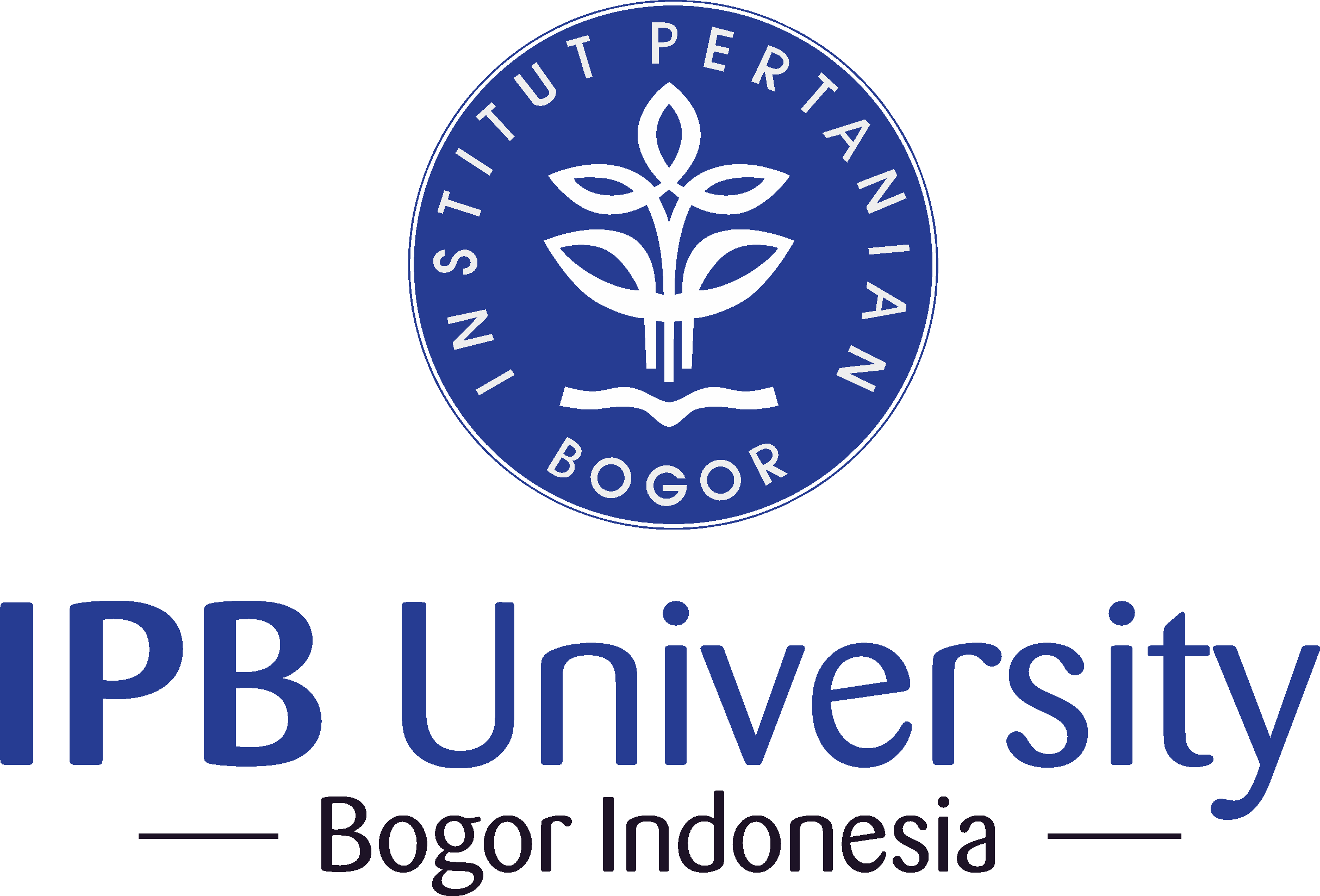Production of Xylanase by Recombinant Bacillus subtilis DB104 Cultivated in Agroindustrial Waste Medium
Abstract
A recombinant Bacillus subtilis DB104 strain harbouring recombinant plasmid pSKE194 containing an Open Reading Frame (ORF) of endoxylanase and its indigenous promoter from the wild-type B. subtilis AQ1 strain was constructed. This recombinant B. subtilisDB104 strain had higher endoxylanase activity than the nonrecombinant B. subtilisDB104 strain in standard media, such as Luria Bertani (LB) and LB with xylan. The agroindustrial wastes corncobs and tofu liquid waste were chosen as cost-effective carbon and nitrogen sources, respectively, to test the economics of xylanase production using the recombinant B. subtilis DB104 at a larger scale. Submerged fermentation using a 4.5 L working volume fermentor with tofu liquid waste and 4% corncobs produced maximum xylanase activity of 1296 ± 1.2 U/mg (601.7 ± 0.6 U/mL) after 48-hour fermentation at 37°C with 150 rpm agitation; this is more than twofold higher than the activity produced in an Erlenmeyer flask. This is the first report of high xylanase activity produced from recombinant B. subtilis using inexpensive medium. During fermentation, the xylanase degrades corncobs into xylooligosaccharides, showing its potential as an enzyme feed additive or in xylooligosaccharide production.Downloads
HAYATI J Biosci is an open access journal and the article's license is CC-BY-NC. This license lets others distribute, remix, tweak, and build upon author's work, as long as they credit the original creation. Authors retain copyright and grant the journal/publisher non exclusive publishing rights with the work simultaneously licensed under a https://creativecommons.org/

























.png) IPB University
IPB University Department of Biology
Department of Biology The Indonesian Biological Society
The Indonesian Biological Society 

